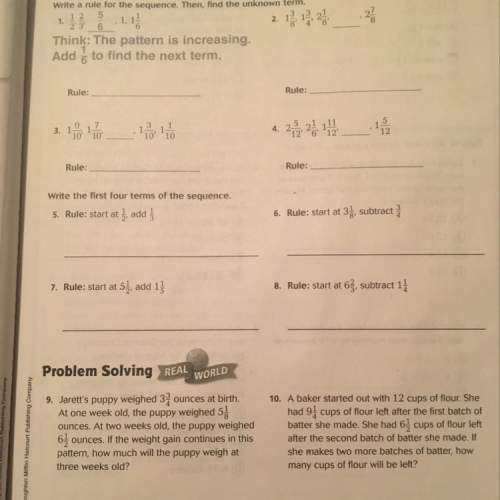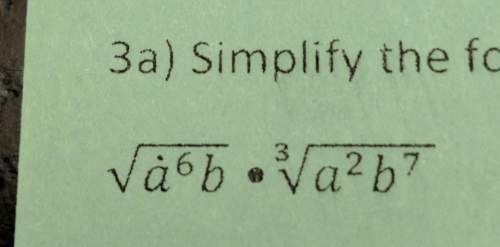Plz assap 50 points and brainliest for correct answer introduction
recall that scientists thin...

Mathematics, 09.12.2019 17:31 shelbysargent11
Plz assap 50 points and brainliest for correct answer introduction
recall that scientists think gravity acting on the edges of tectonic plates is a factor in their movement. these effects are called ridge push and slab pull. you can model these effects with a chair and a bed.
ridge push
if you sit on a chair and let gravity pull you down into a slouching position, you'll notice your legs move out away from the chair. when your upper body falls down, it pushes your legs out and away, just as the ridge of a tectonic plate falling down pushes on the other end of the plate. the other end of the plate moves out and away from the pushing part of the plate.
slab pull
lie on a bed facing down with your upper body hanging just a little over the edge. slowly and carefully let your upper body fall toward the floor. notice that your legs move toward the edge of the bed. how is this like slab pull? your upper body falling down pulls your legs toward the edge of the bed like the sinking slab of a tectonic plate would pull the rest of the plate toward it.
sources of plate motion
the motion of earth's tectonic plates is due in part to convection, as well as to ridge push and slab pull. convection is a motion in a fluid or plastic material caused by heating material below and cooling material above.
create a model that shows plate motion and its sources. draw a side-view of tectonic plate motion and two convection currents in the mantle to form trenches and a mid ocean ridge. use arrows to represent the direction of the convection currents. identify trenches and ridges in the crust. identify ridge push and slab pull in the illustration. draw your model here or attach it with your assignment for submission.
(score for model: of 7 points)
questions
(score for question 1: of 4 points)
1. using the model, describe how trenches and ridges form.
(score for question 2: of 2 points)
2. what processes drive motion of the plates?
(score for question 3: of 2 points)
3. what temperature and density changes occur in convection cells of a fluid or plastic material?
(score for question 4: of 2 points)
4. how can the mantle flow by convection if it is a solid?
(score for question 5: of 2 points)
5. describe what occurs at mid-ocean ridges.
study this map that shows the motion of the earth's plates.
(score for question 6: of 2 points)
6. find the nazca plate and the south american plate. how are they different? are they moving toward or away from each other?
(score for question 7: of 2 points)
7. how is the nazca plate moving in relation to the pacific plate?
(score for question 8: of 2 points)
8. how are convection currents in the mantle (geosphere) and in the oceans (hydrosphere) similar? how are they different?

Answers: 1


Another question on Mathematics


Mathematics, 21.06.2019 20:20
One of every 20 customers reports poor customer service on your company’s customer satisfaction survey. you have just created a new process that should cut the number of poor customer service complaints in half. what percentage of customers would you expect to report poor service after this process is implemented? 1.) 5% 2.) 10% 3.) 2% 4.) 2.5%
Answers: 1

Mathematics, 21.06.2019 23:00
Describe the end behavior of the function below. f(x)=(2/3)^x-2 a. as x increases, f(x) approaches infinity. b. as x decreases, f(x) approaches 2. c. as x increases, f(x) approaches -2. d. as x decreases, f(x) approaches negative infinity.
Answers: 1

Mathematics, 22.06.2019 00:00
Need plz been trying to do it for a long time and still haven’t succeeded
Answers: 1
You know the right answer?
Questions

History, 22.04.2020 03:47





English, 22.04.2020 03:47




Computers and Technology, 22.04.2020 03:47










Mathematics, 22.04.2020 03:47





